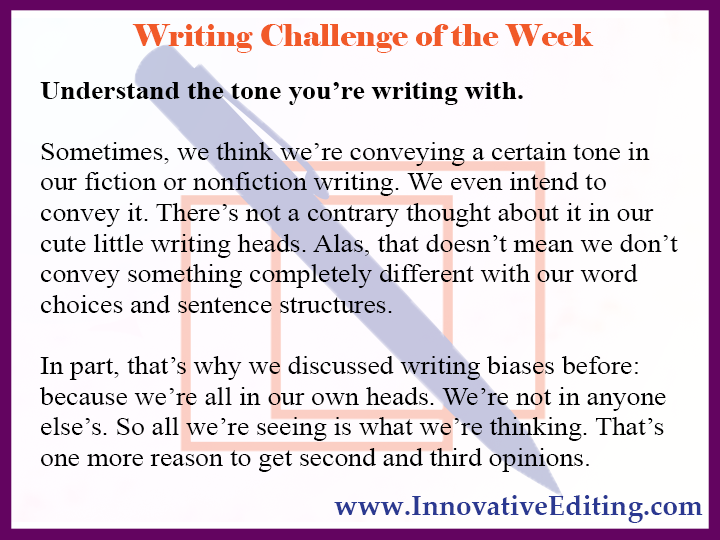How to Make Your Creative Writing More Realistic – Part 2
- Jeannette DiLouie
- Sep 10, 2018
- 3 min read
Last Monday, we started talking about ways to make your creative writing more realistic. And this Monday, we’re going to delve further into that topic.
To get us started, here’s a one-sentence recap of Part 1: Really take notice of the reality around you, then put it in your book.
Now here’s a one-sentence recap of this week’s: Don’t assume that all reality will make your creative writing more realistic.
Oddly enough, it doesn’t always.
I know I’ve covered this before, but it’s worth repeating for new readers or subscribers or anyone who simply missed it the first time however long ago...
Caricatures do happen in reality. But they don’t typically work in fiction.
For the record, a caricature is a depiction of someone or something that over-accentuates their flaws to the point of being ridiculous. It’s a word that’s most often associated with artistic renderings, where someone will sit down to be sketched cartoon-style.
If the person has a big nose, the artist will give him an even bigger nose. If the person has a ridiculous amount of mascara on, the artist will give her lashes that extend out to insane proportions.
When we’re talking about caricatures outside of art, however, we’re normally talking about someone who displays negative personality features or embodies stereotypes to unrealistic degrees.
While I can think of a few different examples of individuals who were too-ridiculous-for-words, the best one I can refer to is Gary, a millennial former colleague of mine who was desperate for attention.
Older generations rag on millennials – of which I’m one – all the time, but I don’t blame them one bit for it. As a group, we’re self-involved, pretentious leeches who try our very hardest to exist in echo chambers that constantly affirm our right to be self-involved, pretentious leeches.
(Ouch! I know. But I stand by it.)
I also stand by this next statement: Gary took millennialism to an extreme that was downright mind-boggling.
Not only would he pass off every assignment he could to anyone he could, then turn around and take credit for the finished results, but he gossiped like the worst kind of mean girl and constantly interrupted the editorial team’s shared work space to spout his political opinion.
Ob. Nox. Ious.
Yet, let’s face it, none of that behavior in and of itself is unrealistic, ridiculous though it was.
What pushes Gary across the line into sheer inanity was his habit of bringing his guitar into the editorial team’s shared work space. To play for us. Randomly. During work hours.
And he wasn’t even good at it.
If I wanted to realistically describe Gary’s guitar playing in creative writing, it would fall flat. Readers wouldn’t buy it for an instant because of how nonsensical this childish demand for attention came across – no matter how it really happened.
Maybe it could work in chick-lit because of chick-lit’s lighter, fluffier tones, but that’s it.
Incidentally, this brings up another good point: Different realities translate better into certain genres than others. Keep that in mind while you’re writing – and even more so when you’re editing – always asking yourself, “Does this draw readers further into my story’s reality or nudge them out?”
With that mentality firmly in place, you’ll automatically make your creative writing more realistic and therefore more enjoyable.
Need more ways still to turn up the realism? Part 3 is a click away.




